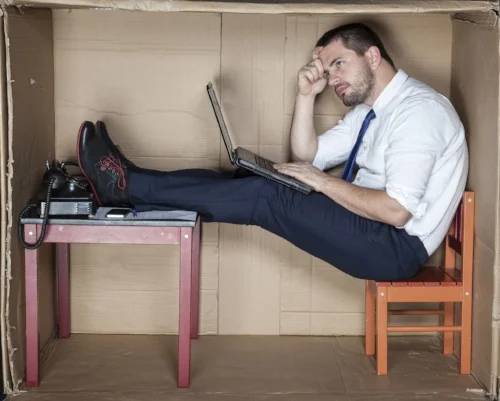Most of us spend a significant amount of our waking hours with our rear end parked in a chair. Whether we are commuting to work, in front of our computer screens in the office, or binge watching some form of screen to decompress at the end of a hard day, it’s all done in what scientists and healthcare practitioners say is an unhealthy position for extended periods of time.
According to research studies, most of us spend more time sitting each day than we do sleeping, 9.3 hours per day vs. 7.7 hours per day. Researchers have also found that sitting six or more hours each day increases your risk of death by up to 40% in comparison to someone who sits for less than three hours each day. More alarming is the fact that your risk is the same even if your exercise. This means your time in the gym may be negated by the amount of time you spend sitting.
What Happens When We Sit?
There are a number of events that occur within our bodies once we become seated. For example, the electrical activity in our leg muscles shuts off, our calorie burning drops to 1 calorie/ minute and enzymes responsible for breaking down fat drop 90%. Further, after two hours of sitting our good cholesterol drops by 20% and after 24 hours the effectiveness of the insulin we produce drops by 24%.
Sitting & Cellular Breakdown
A 2014 study published in the British Journal of Sports Medicine investigated telomere length as a function of sitting time. Telomeres are the caps at the end of our DNA that protect our chromosomes. They are an essential part of human cells and affect how our cells age. Telomere length has been associated with a healthy lifestyle and longevity.
The results of this particular six-month study revealed that the telomeres lengthened in subjects who sat the least. In other words, their cells appeared to grow physiologically younger. Alternatively, the control group of subjects who sat more frequently saw their telomeres get shorter than they had been six months prior.
Sit Down/ Stand Up
But is it the fact that were in the physical position of sitting that is so detrimental to our health, or is it simply that we’re not moving? According to well-respected physical therapist Dr. Kelly Starrett (author of “Deskbound: Standing Up to a Sitting World”), we actually require both sitting and standing as our body was designed for full range of motion. The key is to focus on proper body mechanics and “clean up our sitting hygiene” by looking "at your sitting time, and divide your life into optional sitting and non-optional sitting.” Dr. Starrett suggests we ditch the optional sitting.
First Steps to Break the Sitting Cycle
The evidence to date seems to point in the direction that our quantity of sitting is truly making us sick and is leading us on the path to a shorter lifespan. So what can we do? Sitting is a habit, one that is not necessarily easy to break. If we are serious about changing any behavior, the drive toward change needs to evolve from internal motivation. Below are some suggestions to implement immediately to begin to break the sitting habit.
Awareness & Mindset
Before we work to implement any change in our behavior, we should start with awareness. As Dr. Starrett suggested, be mindful of your sitting, how frequently you are on your backside, and how for long. It’s not uncommon to fall into the flow of a project and before we know it we’ve been hunched over our laptop for a few hours. Try setting a timer that will remind you to take regular breaks to move and stretch. Most, if not all, fitness bands (FitBit, iWatch, etc.) will send you a quick ‘buzz’ if you’ve been stationary for too long. A minimal investment in a wrist-worn coach will provide you with the reminders you need throughout the day to start moving.
Environment Modifications
How we set up our environment is critical to our success. Aside from proper lighting, control of noise distractions, and maintaining an uncluttered workspace, finding ways to stand and work can peak not only your health but your productivity. Standing desks have become popular, but you may not wish to start your journey with a big ticket purchase. Instead, experiment with other modifications such as: taking a walking meeting or even have the entire group stand during team meetings. One simple modification you might introduce is to take your phone calls standing. If you find yourself on conference calls throughout the day, your backside may rarely hit the chair.
What's Next?
While there is certainly some compelling data demonstrating the negative impact chronic sitting has on our health and longevity, this is a multifaceted topic that deserves more of our attention. We will be exploring the sitting habit in more detail in future articles as well as conversations with the scientists and healthcare practitioners who are conducting the research.


